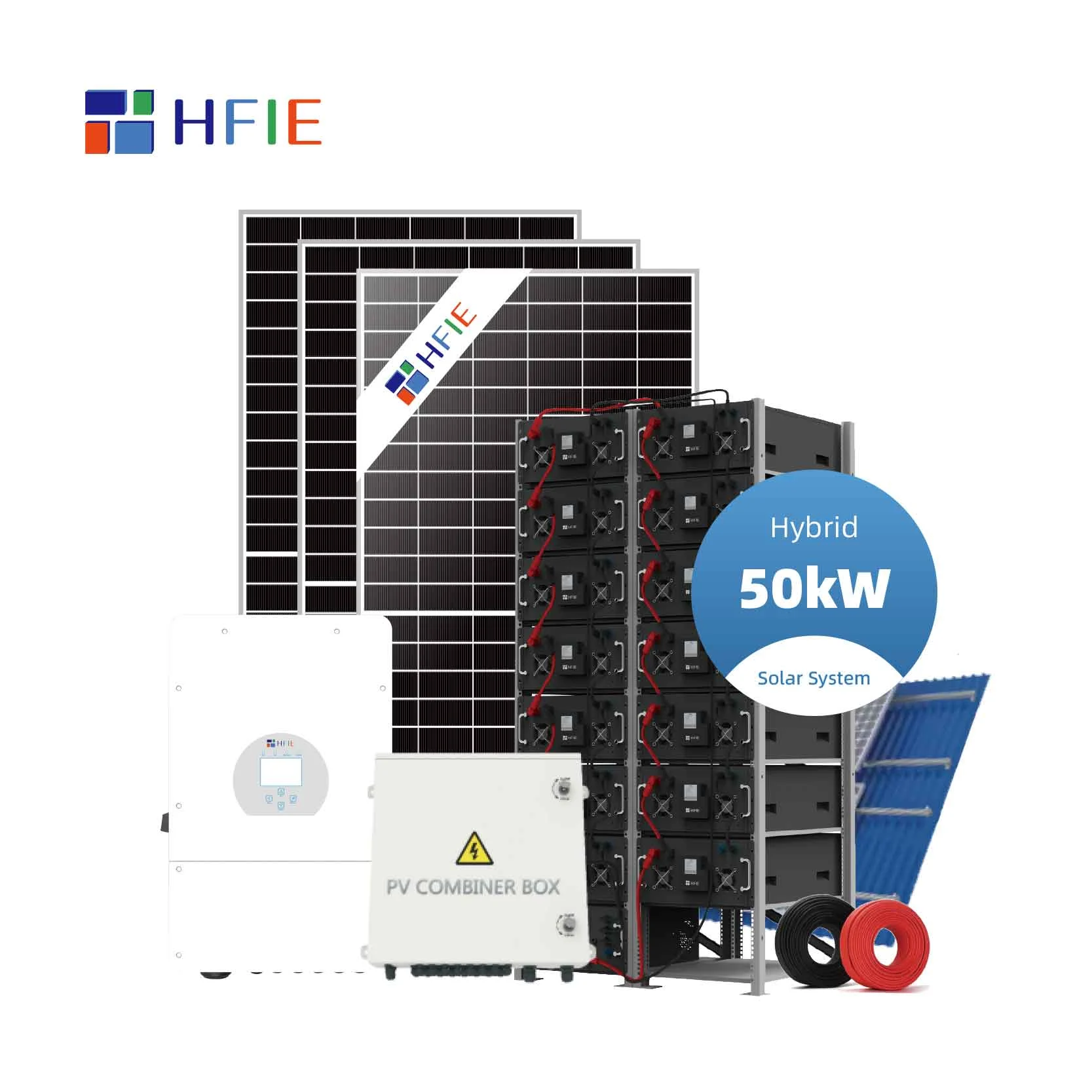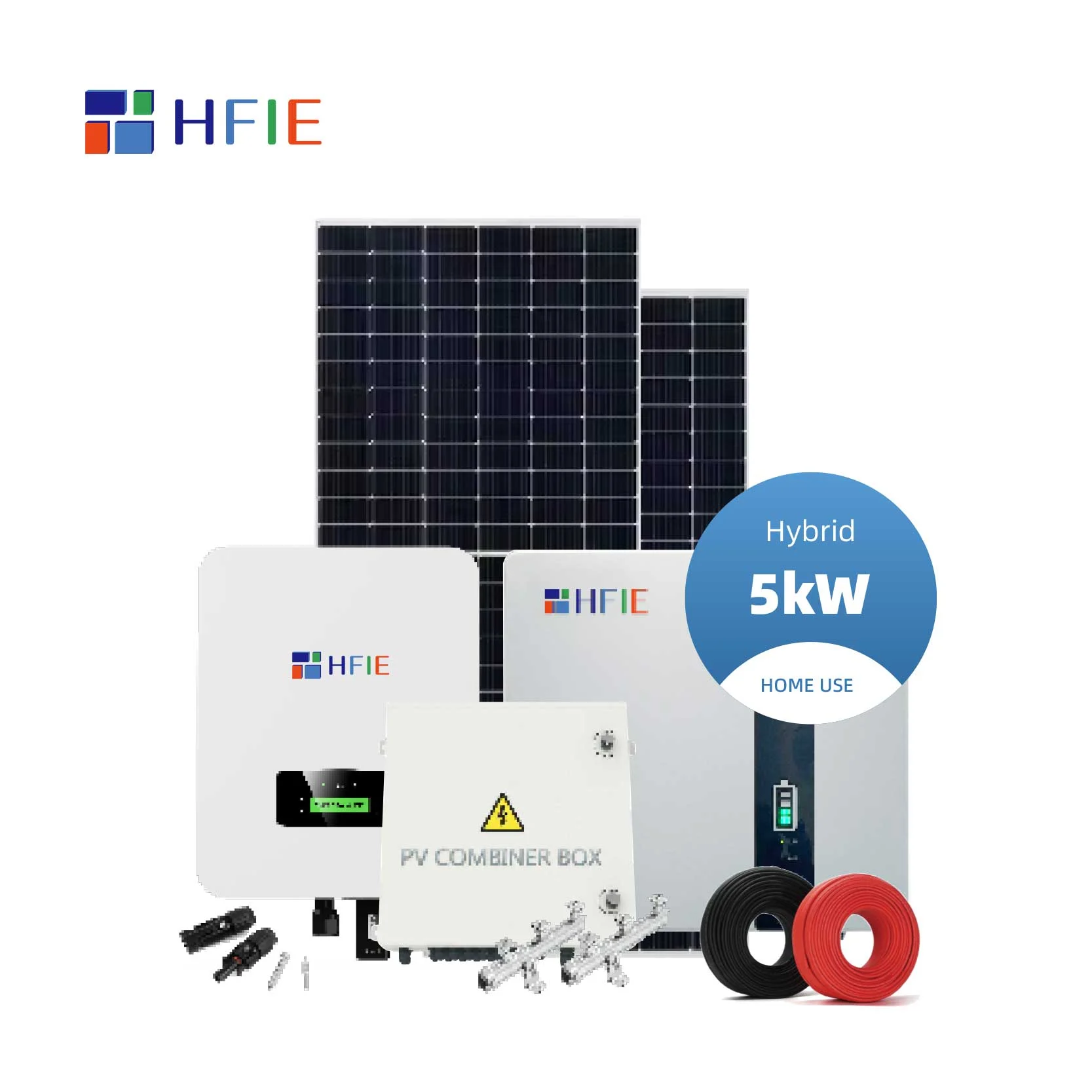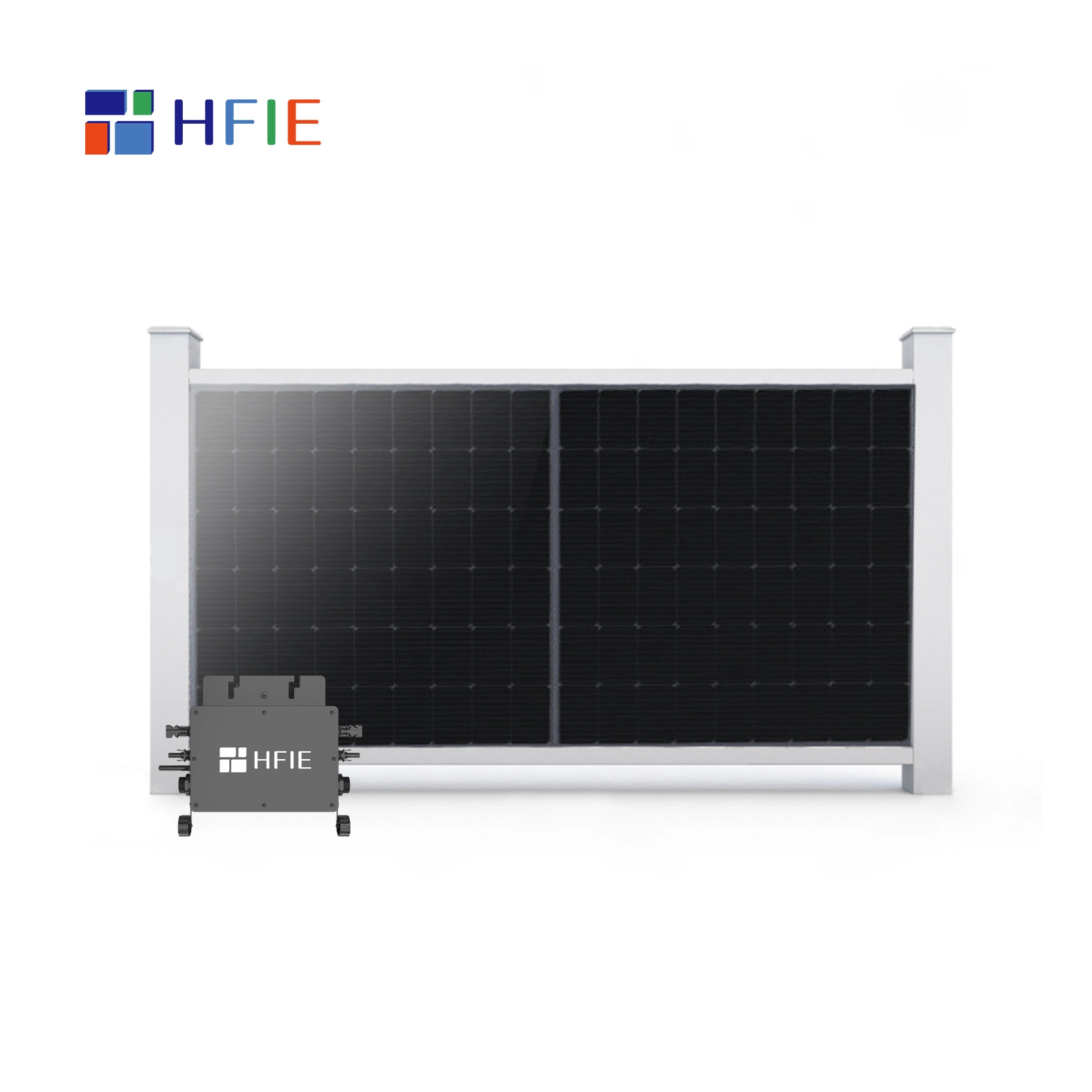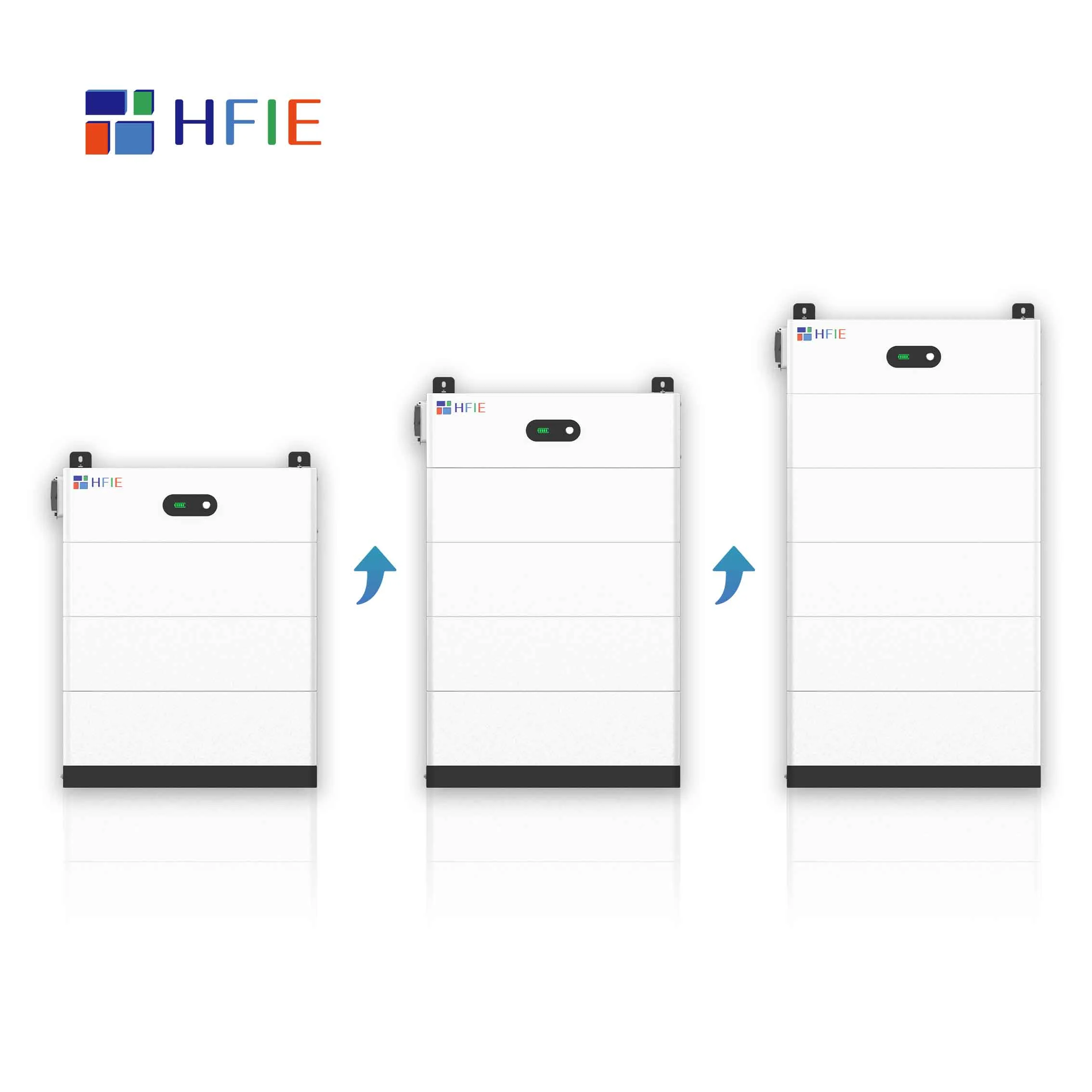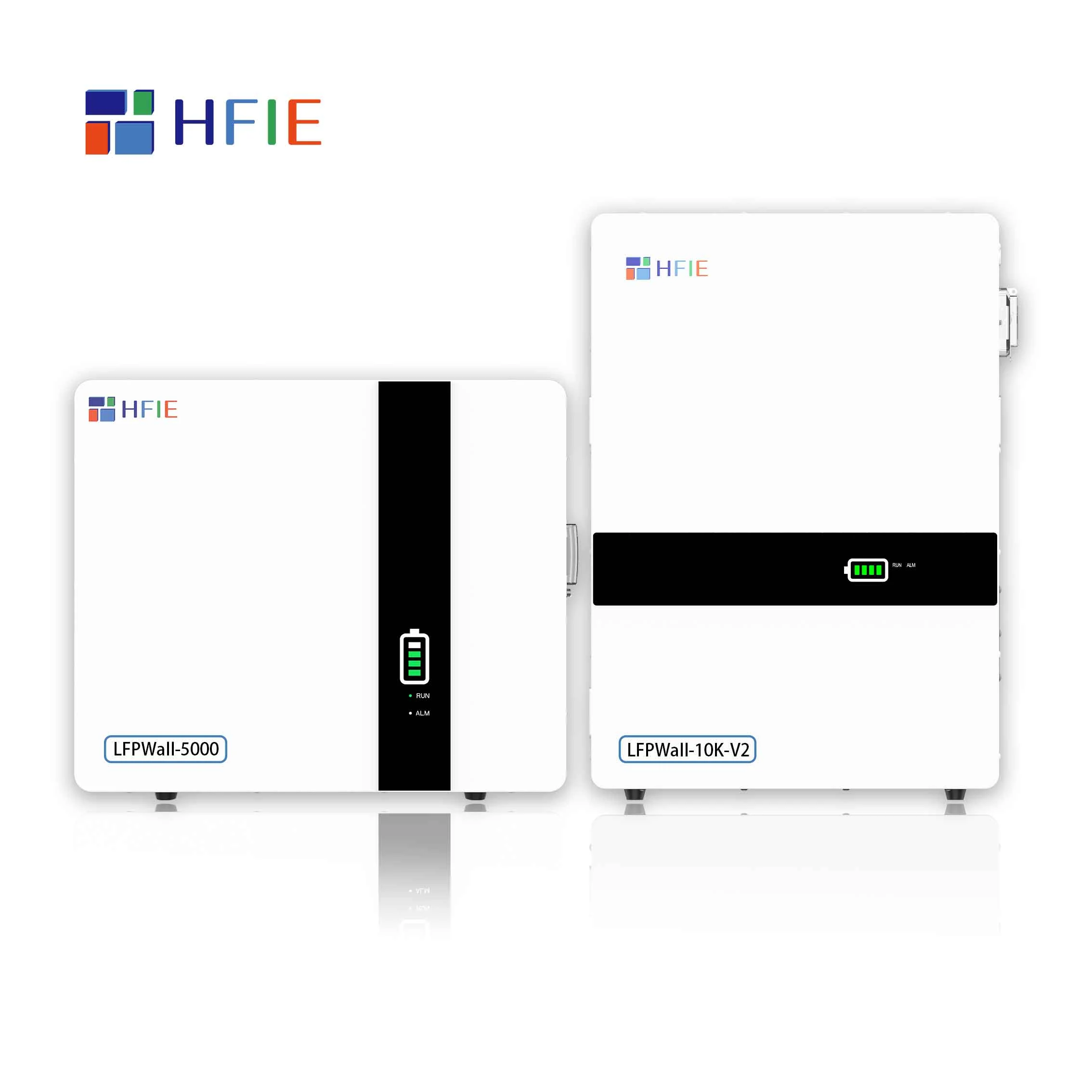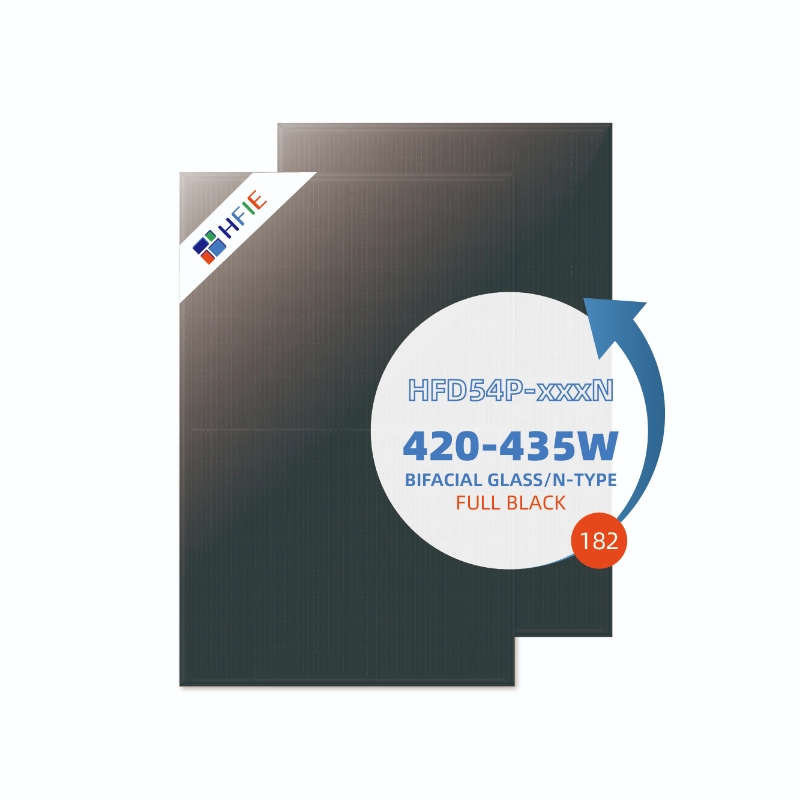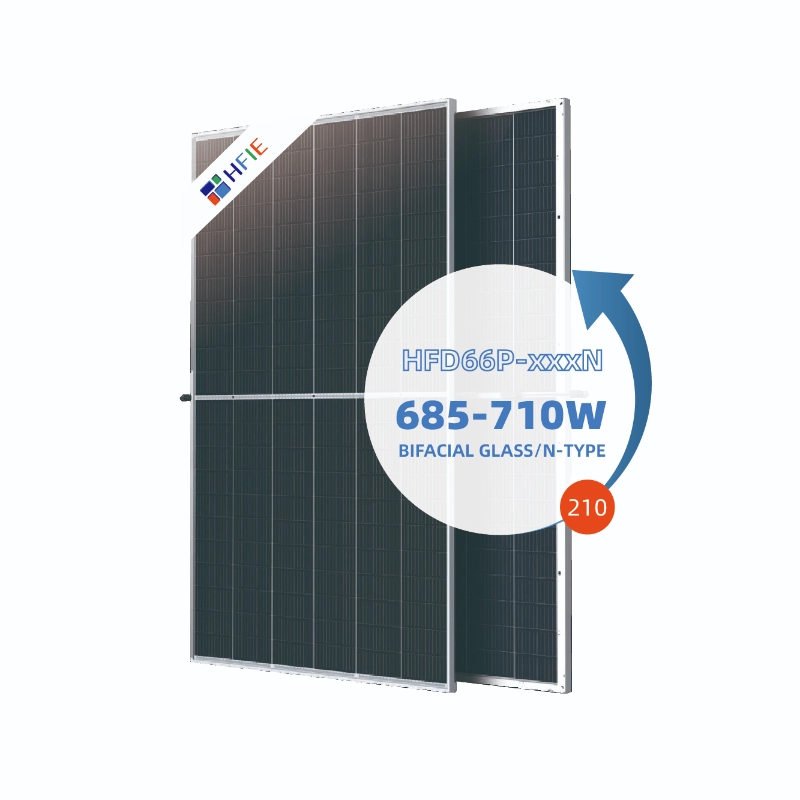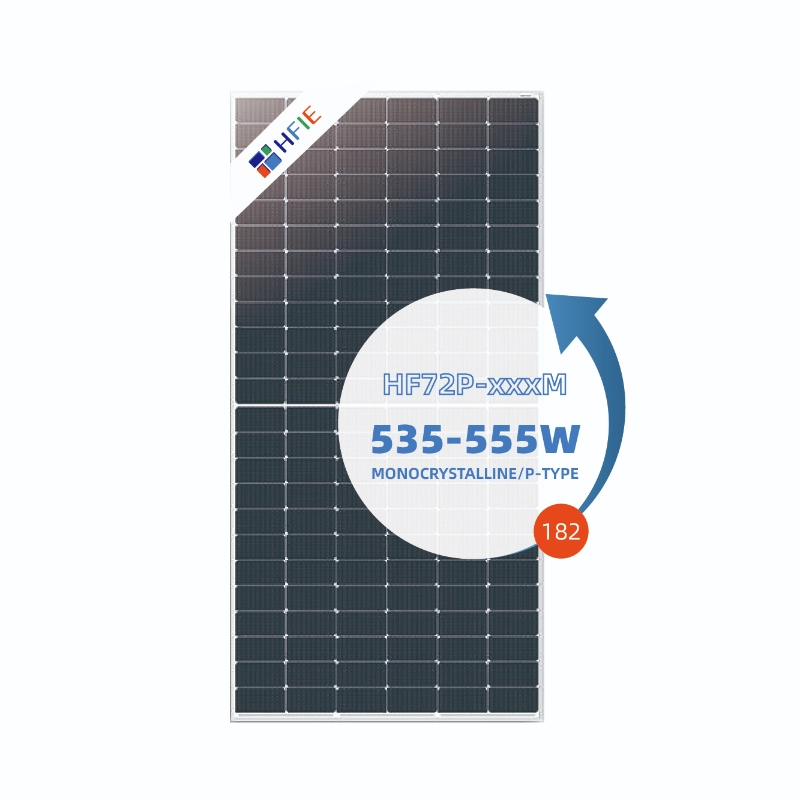The integration of solar photovoltaic (PV) generation with advanced energy storage is rapidly becoming a defining feature of the global shift toward resilient and efficient power systems. These combined solutions address the critical challenge of intermittency by storing excess solar energy produced during daylight hours for reliable use during peak demand periods, nighttime, or grid disruptions.
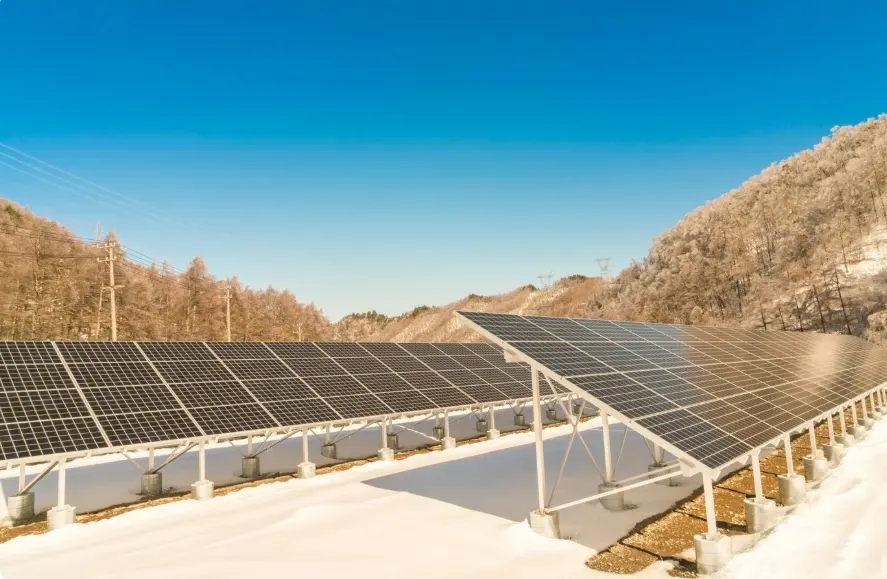
Technological advancements, particularly in lithium-ion battery performance and cost-effectiveness, now enable seamless pairing of storage with both new and existing solar installations across all scales. Commercial and industrial facilities increasingly leverage these systems to reduce peak demand charges, ensure operational continuity, and participate in grid support services. Residential adoption is also surging, driven by desires for greater energy independence and backup power security.
Modern solar-plus-storage deployments universally incorporate intelligent energy management software. This technology dynamically optimizes energy flow based on consumption patterns, weather forecasts, and utility rate structures, maximizing financial returns and system efficiency. Current systems typically deliver 10-15 years of reliable performance with minimal maintenance requirements.
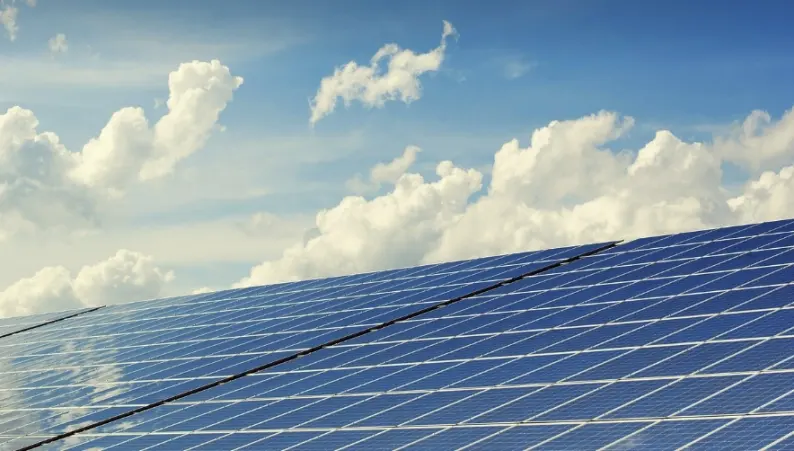
Key benefits driving widespread market adoption include:
Significant Cost Reduction: Lowering electricity expenses, especially commercial peak demand charges.
Enhanced Grid Reliability: Providing vital voltage support, frequency regulation, and congestion relief.
Uninterrupted Power Supply: Delaying critical backup power during outages.
Accelerated Decarbonization: Enabling higher penetration of renewable energy on the grid.
Improved Energy Self-Consumption: Maximizing the utilization of on-site solar generation.
Industry professionals note that energy storage fundamentally transforms solar PV from a variable resource into a dispatchable, grid-stabilizing asset, essential for meeting sustainability targets and ensuring energy security.








